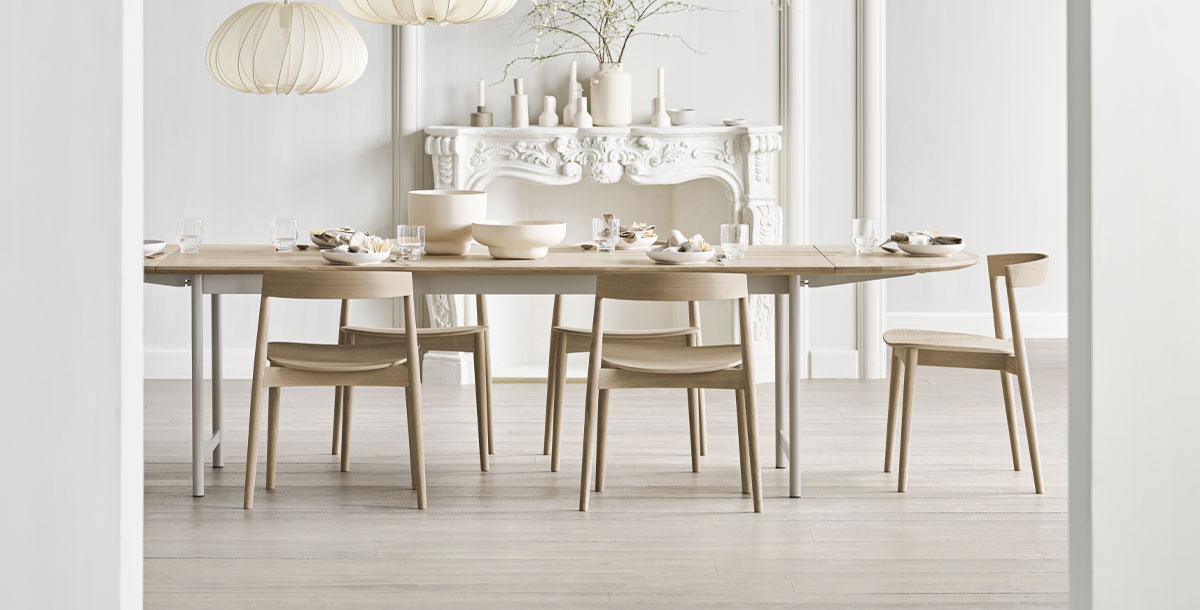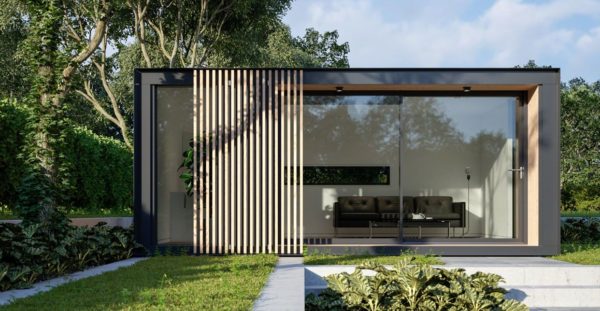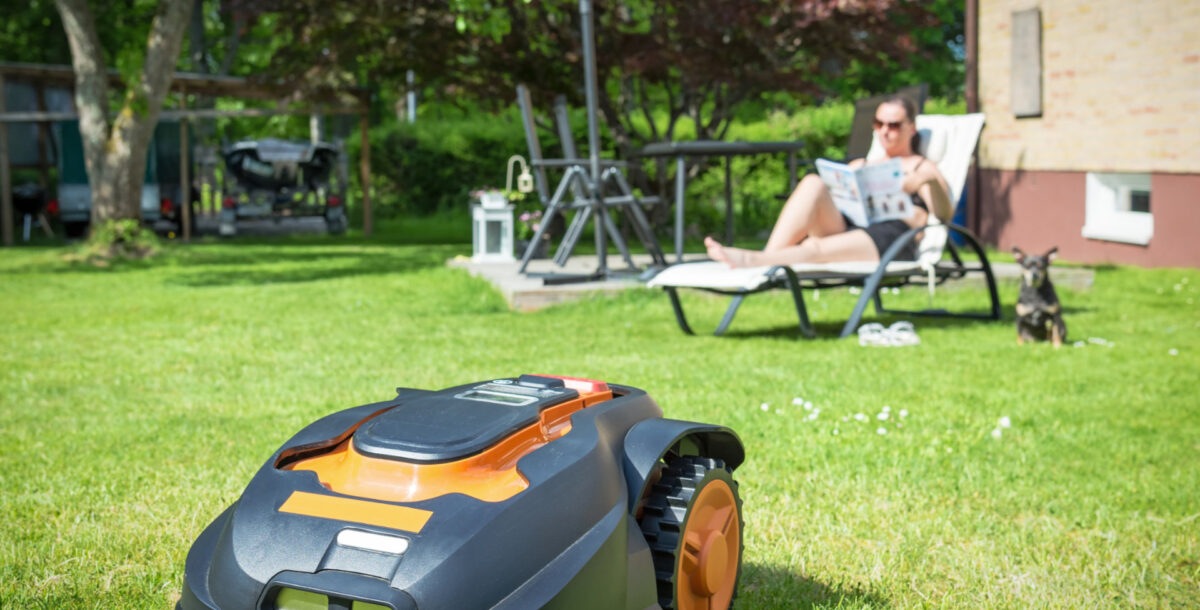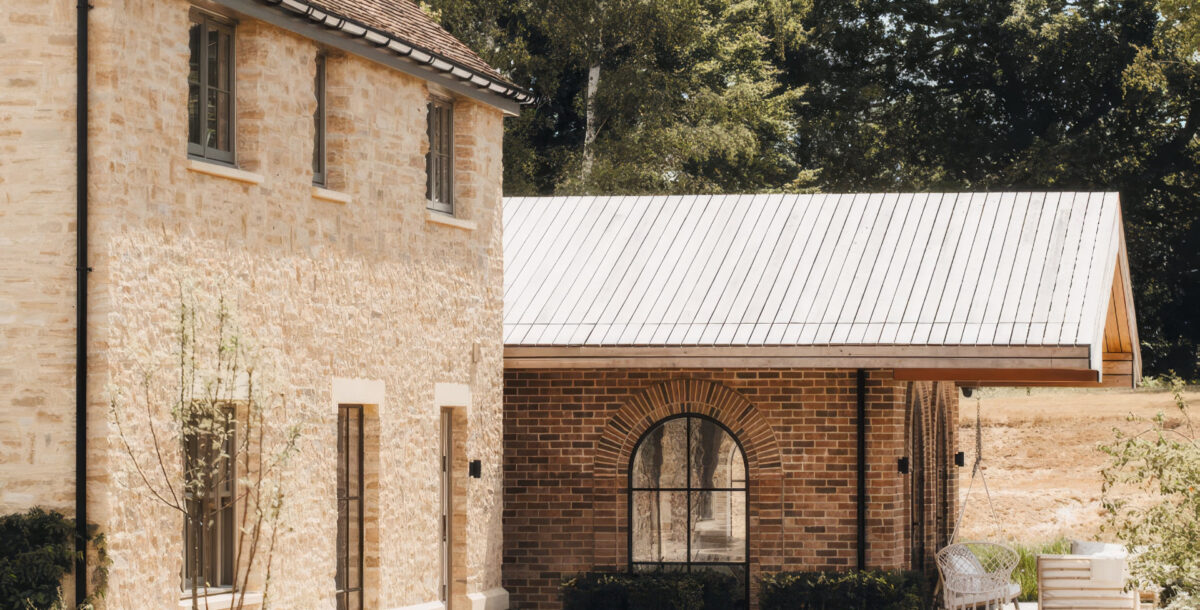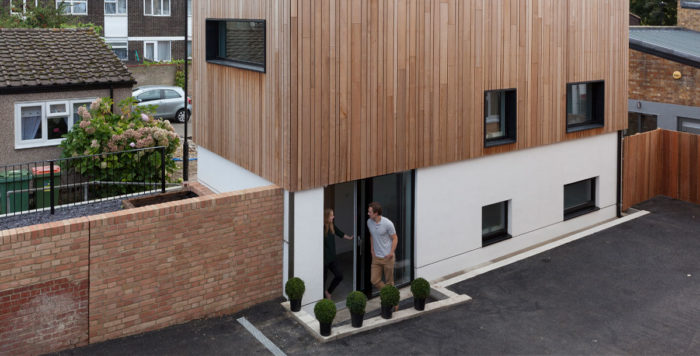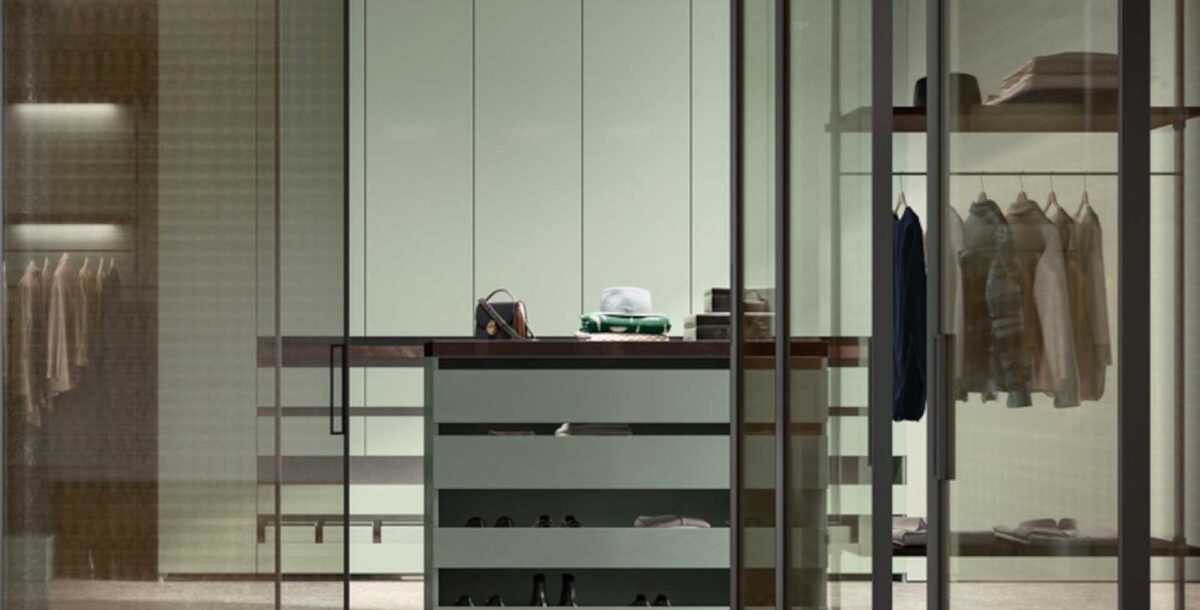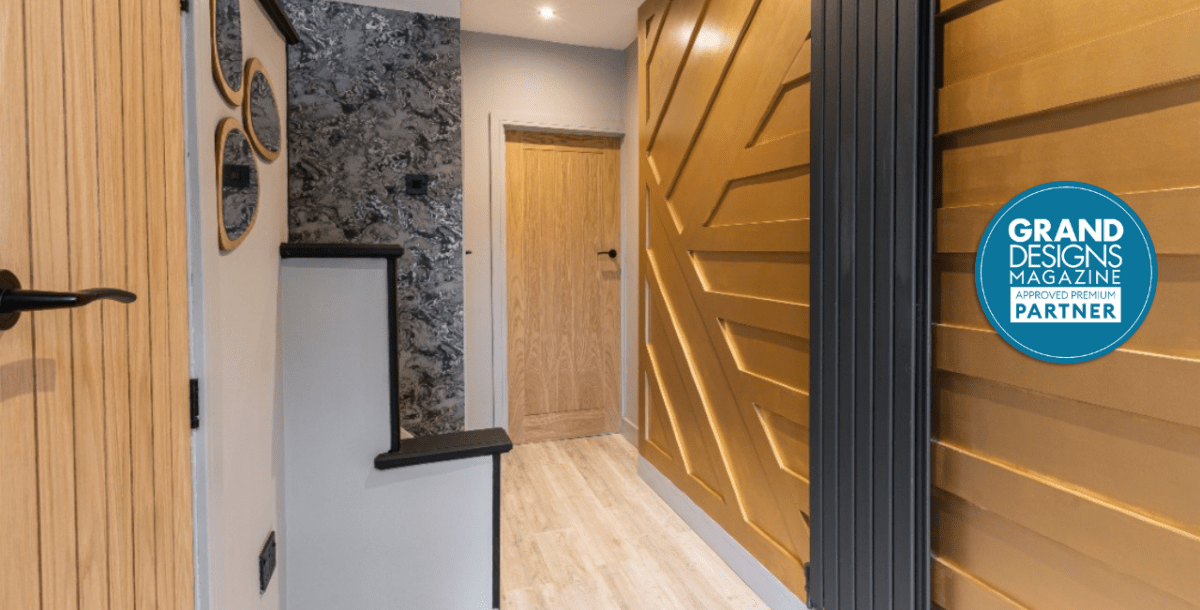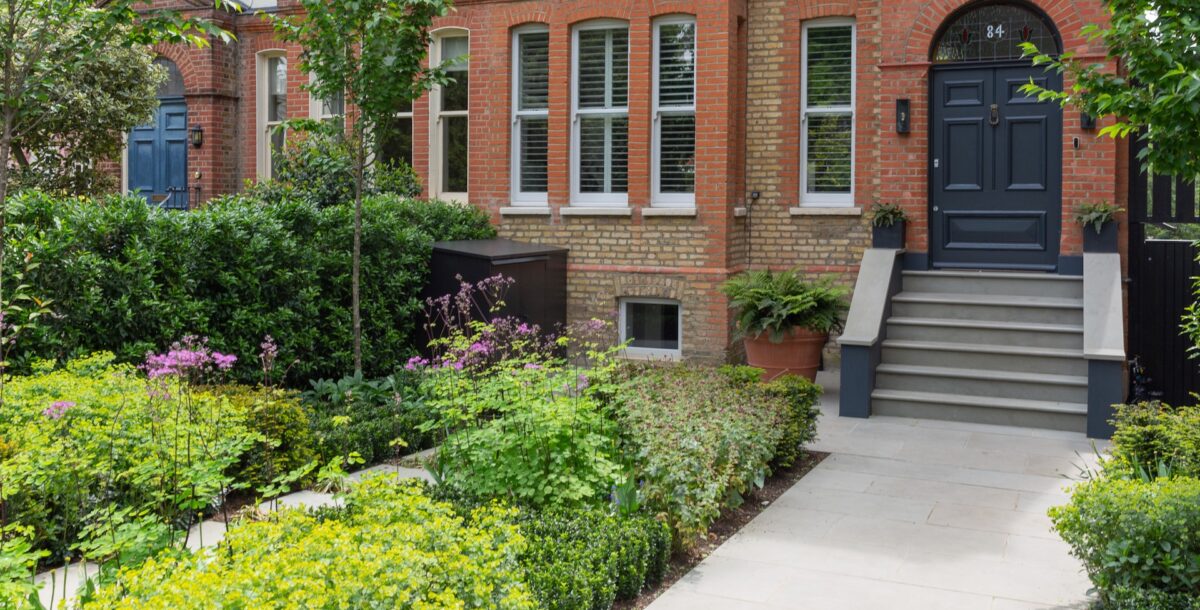Dining tables: a buyer’s guide
How to choose the right shape, style and size for your space
For eating family meals and hosting friends, prepping food, doing homework and serving as an impromptu home office, modern dining tables are likely to be multitaskers.
Selecting the right one involves weighing up your practical and design requirements, and includes choosing what it’s made of. There’s a wide range of materials to pick from – solid timber, wood veneer, glass, metal, manmade composites, even stone.
Expect to pay from around £350 for a four-seater dining table in a wood veneer finish up to £6,000 plus for a custom-made design.
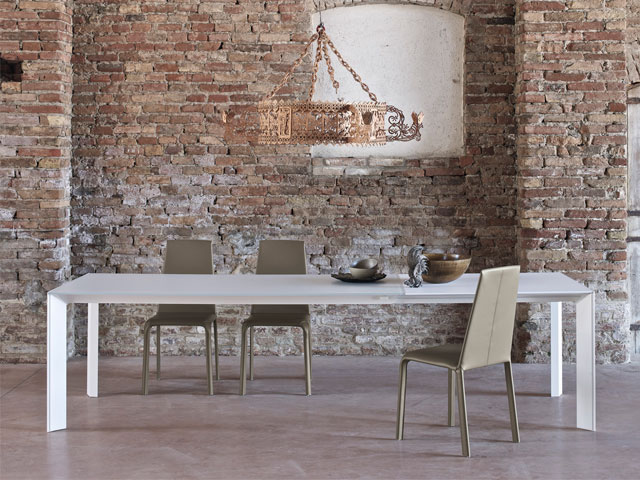
The Bontempi Genio dining table from Go Modern (£2,360) extends by up to 1m and seats up to 10. Available in several finishes. L140/190/240cm x W90cm x H75cm.
Round or rectangular?
The shape of table you choose will be influenced by personal preference, the dimensions of the space it’s destined for and its primary purpose, such as everyday family meals and tasks or more formal get-togethers.
A rectangular shape is a versatile choice because there’s a wide range of different fixed lengths available, as well as extending versions so you can seat many or few.
Allow at least 60cm of room for each person, so a 3m-long table will seat ten, and 80cm is long enough for two people seated at either end. Although the most common table width you’ll find is around 90cm, there are 70cm-wide designs available, which is deep enough for comfortable dining in a slimline space.
To save more room, team the table with bench seating that tucks beneath the top when not in use. An oval table combines the dimensional advantages of a rectangular shape with the tactile appeal of curved lines, but you’ll not find quite as many off-the-shelf oval size variations in the shops.
Round designs tend to feel more intimate, and the bigger ones look very impressive. You’ll need a table of at least 150cm in diameter to seat more than four people in comfort.
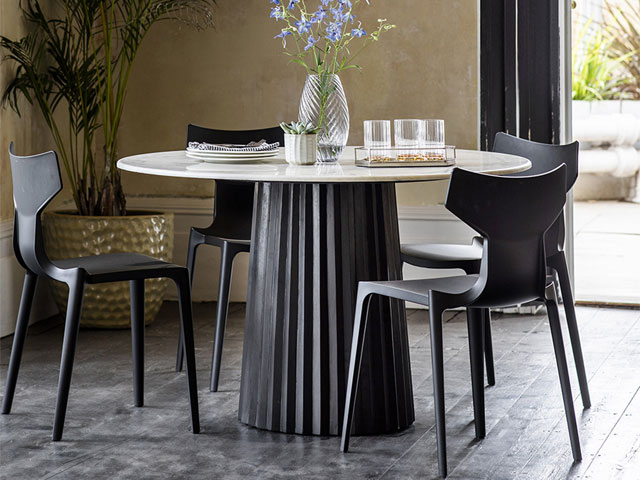
The Westbourne dining table from Atkin & Thyme (£899) seats four and has a black-stained mango wood base with a white marble top. D120cm x H75cm.
Dining table bases
There are three main types of base: a leg in each corner, a trestle where the legs are supported by horizontal beams, or a pedestal.
To fit the maximum number of people around a table in comfort, make sure no part of the base gets in the way of either a chair or a person’s legs.
With this in mind, slim corner-fixed table legs are less obstructive as is a pedestal base. Trestles provide plenty of legroom along the sides of the table, but have limited space at the ends.
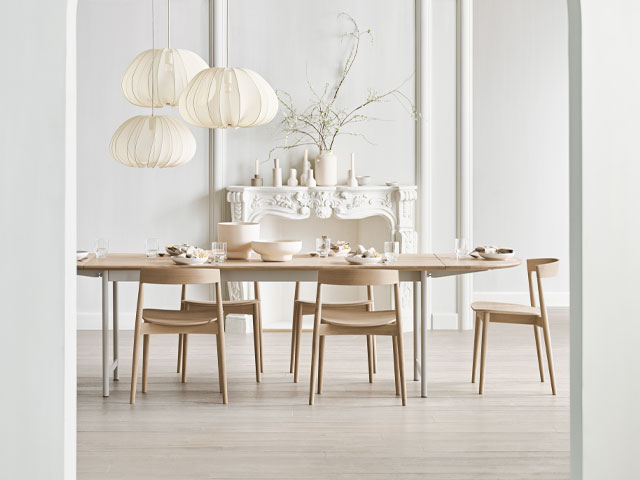
The Track dining table by Studio Nooi (£4,806.67 from Bolia) seats 10 and has extension leaves that can be stored separately when not in use. L300cm x W90cm x H74cm.
Size and floorspace
When deciding which size dining table to buy, check its proportions are suitable for the space and that it seats the number of people you want it to. There must be sufficient room around the table for people to be able to push their chairs back and move around it.
At least 90cm of empty floorspace should be enough, although 100-120cm is better to prevent people feeling hemmed in, and allow at least 120cm for a wheelchair user.
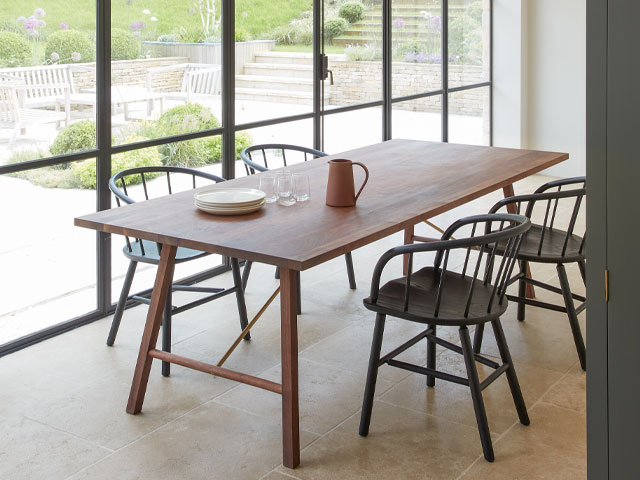
Made to order, Dining Table Two from (£3,165) has an oiled solid walnut top, folding trestle-style legs and a brass underframe. Six-seater measures L180cm x W90cm x H72cm (comes in three sizes).
To work out the biggest table size that’ll fit in a space and let diners move freely, measure the length and width of the area and subtract 180cm from these two measurements to get a maximum table length and width.
So that everyone has enough room to eat in comfort, allow at least 60cm of elbow room per person, and 70cm or more if you have big dining chairs or for a wheelchair user.
It’s also a good idea to include 30cm of free space at each end of a rectangular or oval design to give room to those seated next to the head of the table. Bench or banquette seating may allow you to squeeze more people in, as there’s no separation between the seats.
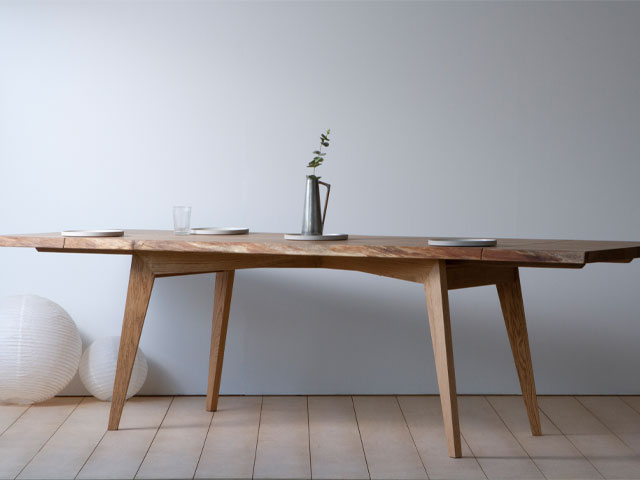
Handmade in oak, the Waney Kross extending table from Konk Furniture (from £2,365) comes in standard and bespoke sizes and seats six to eight. L160/240xm x W80 x H75cm.
Extending dining tables
Though extending dining tables tend to be more expensive than static ones, they offer you the space-enhancing benefit of increasing or decreasing their size as needed. As with a fixed-size design, always measure up with care to make sure that you have enough room for the table when it’s fully extended.
A drop-down version is hinged so that the tabletop lifts up and is fixed in place when extended and then folds back down afterwards. Removeable extension leaves fit onto the end or the centre part of an extended table frame. With some versions, the leaves can be put away under the top while other designs need them to be stored separately.
A butterfly mechanism is where a tabletop folds out in the centre when the table is pulled apart. A similar rotating mechanism turns the top in one continuous movement to reveal two hidden leaves at either end.
If space is tight, the Transformable table from Go Modern turns from a low coffee table into a height-adjustable dining version with a folding top that doubles its size.
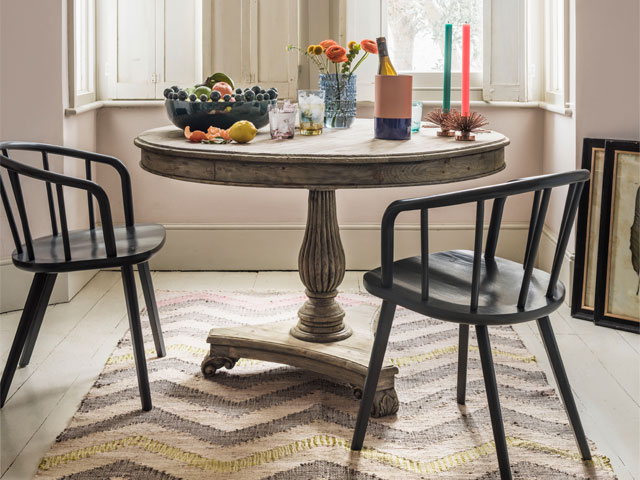
This Pioneer reclaimed pine design from Graham and Green (£1,295) has carved details, seats four and measures D120cm x H77cm.

